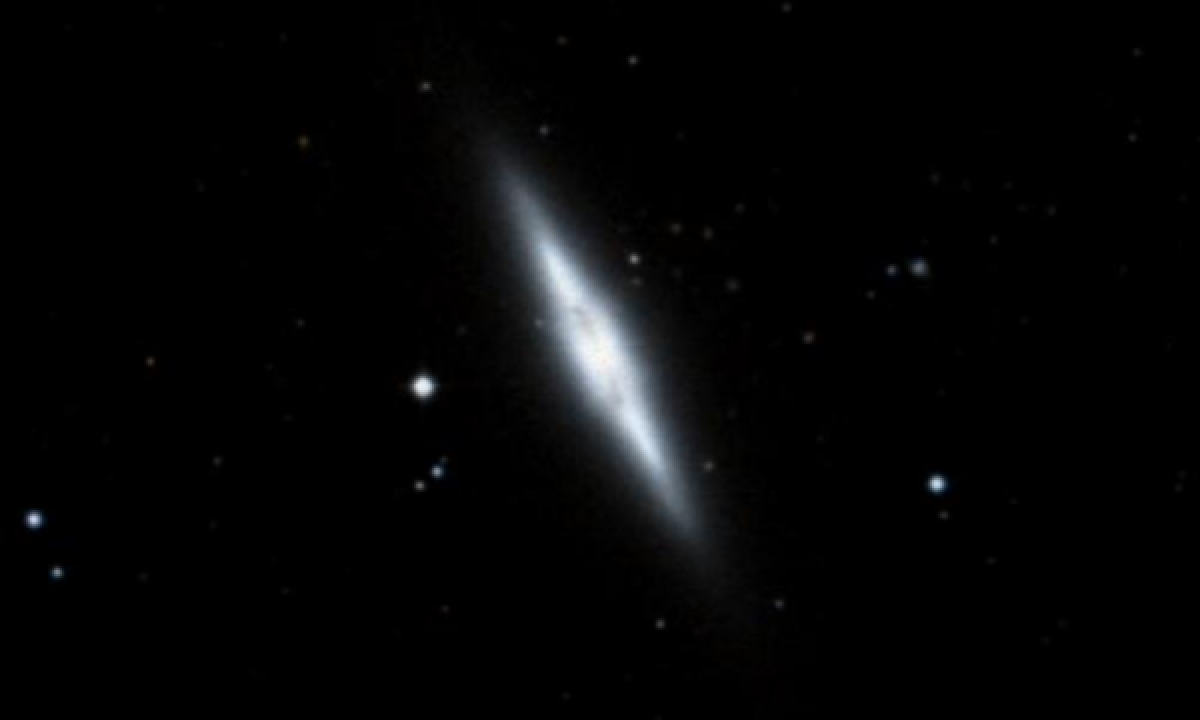The New General Catalogue of Nebulae and Clusters of Stars (abbreviated as NGC) is a catalogue of deep-sky objects compiled by John Louis Emil Dreyer in 1888. The NGC contains 7,840 objects, known as the NGC objects. It is one of the largest comprehensive catalogues, as it includes all types of deep space objects, including galaxies, star clusters, emission nebulae and absorption nebulae.
Know more about NGC
NGC 4710

NGC 4710 is an edge-on lenticular galaxy in the northern constellation of Coma Berenices. It was discovered on March 21, 1784 by German-British astronomer William Herschel. This galaxy has a B-band visual magnitude of 11.60 and an angular size of 3.0′ × 0.8′. It is located at a distance of 54.5 ± 3.6 million light-years (16.7 ± 1.1 Mpc) from the Milky Way, and is receding with a heliocentric radial velocity of 1,129 km/s. This is a member of the Virgo Cluster, with a projected offset of ~6° from the cluster center and a cluster crossing time of around two billion years. The morphological classification of NGC 4710 is S0 or SA(r)0, which indicates this is an unbarred lenticular galaxy (SA) with an inner ring structure (r). It is inclined at an angle of 86° to the plane of the sky, with the major axis aligned along a position angle of 207°. NGC 4710 has a relatively high gas abundance with a dusty nucleus. The stellar velocity distribution is characteristic of galaxies with a small bulge. Like the Milky Way, it has an X-shaped bulge which is a probable bar structure; hence it is likely a barred lenticular. The star formation rate is 0.11±0.02 M☉·yr−1. NGC 4710 possesses both thin and thick discs.
More Images:

Sources:
Wikipedia Page: NGC 4710
NGC 4710 at In-The-Sky website
